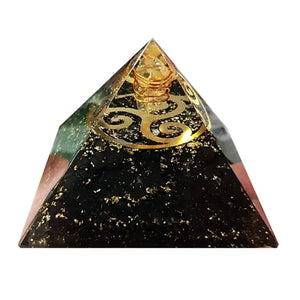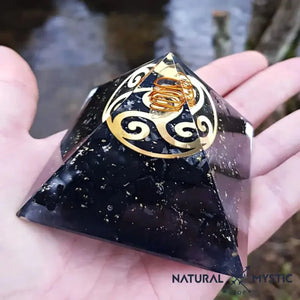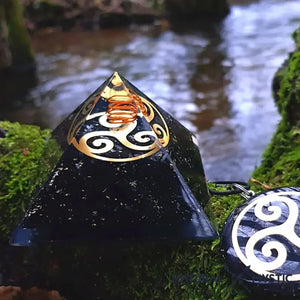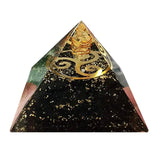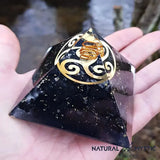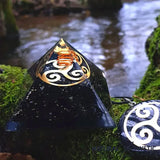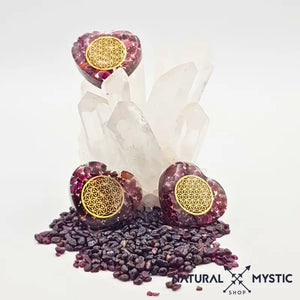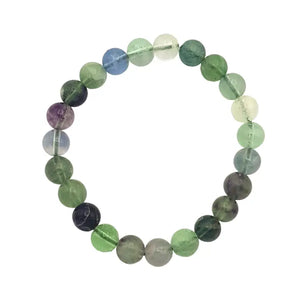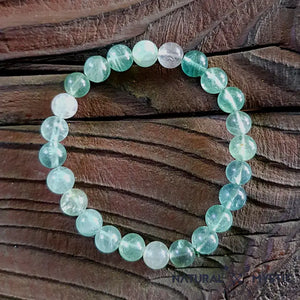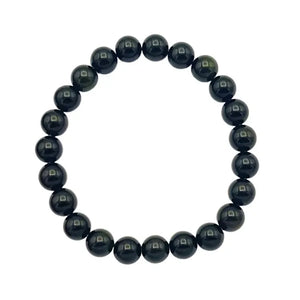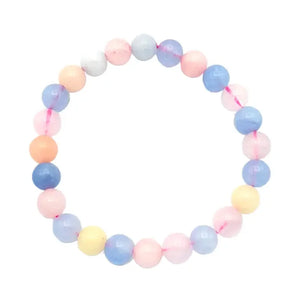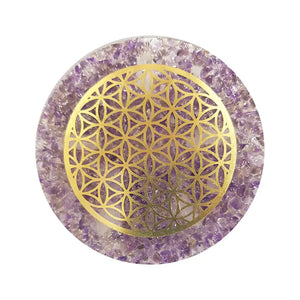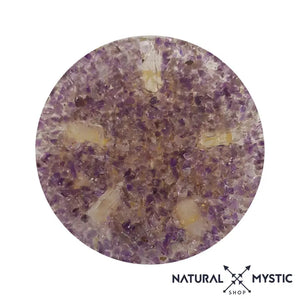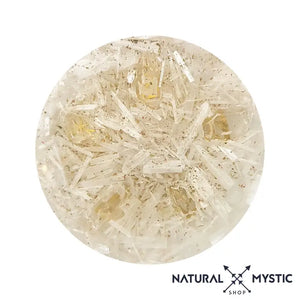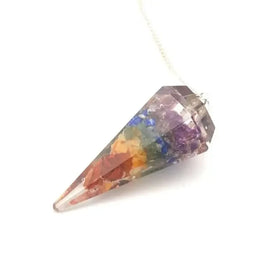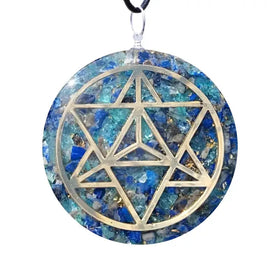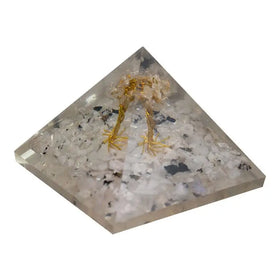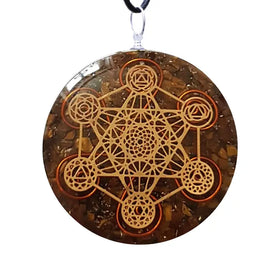Divine proportions
They are frequently found in nature, particularly in the structures of living organisms.
Golden proportions , for example, are commonly observed in the proportions of different parts of a human body, such as in the proportions between the fingers, limbs, and head.
Fibonacci proportions are also commonly seen in natural phenomena such as spirals in seashells, leaves and branches of trees, flowers, fruits and seeds, as well as ocean waves and gas swirls in the galaxies.
The mathematics of these proportions relates to phenomena like exponential growth and regularity in natural systems.
Divine proportions are numerical ratios used in architecture, art and music to create harmonious shapes and sounds. The most famous are the golden ratio (1.618) and the Fibonacci ratio (1, 1, 2, 3, 5, 8, 13, 21, etc.). These ratios are often considered to have a particular aesthetic meaning, and have been used in many works of art and design throughout history.
HISTORY OF THE GOLDEN RATIO (PHI)
Who discovered the Golden Ratio?
The first writing that mentions Phi, the Golden ratio, is a treatise on mathematics and geometry entitled “The Elements”, the author of which is Euclid , a Greek mathematician, who lived around -300 BC. The Golden ratio appears in works of art, in thousand-year-old constructions, but also everywhere in nature.
Nevertheless, it seems that the Golden Ratio was known since antiquity because it appears in constructions dating back thousands of years, notably in Egypt, in the great pyramid of Giza, attributed to the Pharaoh Khufu and officially dated to -2500 before JC. Phi is found at almost every dimensional level of this pyramid. For example, by dividing the sum of the areas of the visible faces by the area of the base, the result is Phi .
However, as with many questions relating to antiquity, no writing can confirm the knowledge or voluntary use of this number.
The name “Golden Ratio” is modern (less than 100 years old), and, in the past, it was named in different ways through the ages and according to the people who studied or used it.
WHAT IS THE GOLDEN RATIO AND WHAT IS IT?
The Golden ratio is a geometric proportion resulting from the division of two lengths. This is why Euclid called it "Proportion of extreme and average reason", and Luca Pacioli and other scholars called it "Divine Proportion".
This number is irrational, so its decimal writing is infinite: 1.618 033 988 749...
Mathematically, here is φ (Phi)
φ∼1.6180339887…
(Approximate value to the first ten decimal places)
WHERE TO FIND THE GOLDEN NUMBER?
The Golden Ratio is a universal constant that appears absolutely everywhere: in nature, plants, leaves, trees, ancient constructions, modern architecture, the works of the greatest artists, painters, sculptors... mathematical, in arithmetic and in sacred geometry , the golden ratio induces numerous derivatives such as the golden rectangle, the golden angle, golden spiral, the regular pentagon or even the famous Fibonacci sequence .
VIDEO
Many artists are fascinated by the Golden ratio because its use allows divine, natural, balanced, harmonious and intuitively perfect and ideal proportions for the human eye.
The discovery of this number materializes a concrete and recurring concordance which constantly returns in the most beautiful works of art, those of nature.
THE PROPERTIES OF THE GOLDEN RATIO The golden ratio is therefore approximately 1.6180339887 phi, Φ . It is often called the " divine proportion ", because it appears very frequently in nature. For example, the number of petals in a flower is very often a number from the Fibonacci sequence .
Its proportions and the mathematical relationships that result from them are so unique and balanced that many scholars see a divine side to them.
The number has fascinating properties in many fields of application such as mathematics, geometry (golden rectangle, golden triangle, golden angle, golden spiral, the pentagon, etc.), arithmetic but also in phyllotaxis (study of the arrangement of leaves on plant stems).
Read our article on sacred geometry
WHAT IS THE RELATIONSHIP BETWEEN THE GOLDEN RATIO AND THE FIBONACCI SEQUENCE?
The Fibonacci sequence and the golden ratio
There is a special relationship between the golden ratio (1.618...) and the Fibonacci sequence (0, 1, 1, 2, 3, 5, 8, 13, 21 etc...) in which each number is the sum of the two numbers that precede it.
When we take two numbers that follow each other in the Fibonacci sequence, and divide the larger by the smaller, the result is very close to the golden ratio. The higher the numbers in the Fibonacci sequence, the closer the result is to the Golden ratio.
In other words, the Golden ratio appears by dividing any number in the Fibonacci sequence by its predecessor. The larger the numbers, the more precise the approximation.
For example, let's take two large numbers following one another in the Fibonacci sequence and divide the larger by the smaller:
10946 divided by 6765 = 1.6180339 985218033…
What is the Fibonacci sequence?
0, 1, 1, 2, 3, 5, 8, 13, 21, 34, 55, 89, 144, 233...
-----------------------------------
How is the Fibonacci sequence constructed? The first two numbers are 0 and 1, and then each successive number is the sum of the two numbers preceding it: 0+1=1, 1+1=2, 1+2=3, 2+3=5, 3 +5=8, etc.
-------
What is the Golden Spiral?
The golden spiral is a direct derivative of the Golden ratio , a geometric shape directly derived from divine proportions . It is made up of quarter circles inscribed in each square.
It is a spiral that we call: “ eadem mutata resurgo” = “displaced, I reappear identically”
-------
What is the Golden Angle?
The golden angle is 137.5° degrees.
The Golden angle appears when we divide a circle into two sections whose two lengths are in a ratio equal to the golden ratio. The golden angle appears very frequently in nature, for example, in the pine cone or the Romanesco cabbage.
Proportion of extreme and medium reason Euclid https://fr.wikipedia.org/wiki/Euclide The Scandalous Number Plato https://fr.wikipedia.org/wiki/Plato
The Golden Section Leonardo DeVinci https://fr.wikipedia.org/wiki/Leonardo_da_Vinci
Euclid's Proportion Fibonacci https://fr.wikipedia.org/wiki/Fibonacci
The Divine Proportion Luca Pacioli https://fr.wikipedia.org/wiki/Luca_Pacioli
The Golden Section Adolf Zeisinghttps://fr.wikipedia.org/wiki/Adolf_Zeising
The Golden ratio Matila Ghykahttps://fr.wikipedia.org/wiki/Matila_Ghyka
WHERE CAN WE FIND THE GOLDEN RATIO IN ART AND ARCHITECTURE?
VIDEO
WHERE TO FIND THE GOLDEN RATIO IN ART, PAINTINGS? Below are some examples of tables including the Golden ratio
Mona Lisa by Leonardo da Vinci
This painting contains multiple golden rectangles . You can draw a rectangle with the base from your right wrist to your left elbow and extend the rectangle vertically until it reaches the top of your head. We will then have a Golden rectangle.
Then if we draw squares inside this golden rectangle, we will notice that the ends of these new squares join all the essential points of the woman: her eye, her nose, her chin, and the corner of her mouth. .
Leonardo da Vinci was also a mathematician, and it seems that he created this painting knowingly using the golden rectangle in order to transpose the harmony of sacred geometry into his works of art.
Vitruvian Man "(Man in Action)" by Leonardo da Vinci
We could draw multiple lines of rectangles on the Vitruvian Man and the golden ratio.
Three very distinct groups of golden rectangles then appear: three groups, one for the head, one for the torso and one for the legs.
“An Old Man” by Leonardo da Vinci
Leonardo da Vinci studied the human body by looking at the proportions of the lengths of different sections of the body. He called this relationship " divine proportion " and made it appear in several of his paintings. He called it “ The Golden Section .”
Leonardo da Vinci's sketch illustrating "An Old Man" can be superimposed on a square broken down into rectangles, several of which resemble golden rectangles .
“The Birth of Venus” By Sandro Boticelli
The Birth of Venus is a painting by Sandro Botticelli (circa 1482). We see the goddess Time covering the planet Venus with a cloak. On the left are the wind gods (including Zephyr), who brought the goddess to the shore.
The dimensions of this canvas (172.5 × 278.5 cm) form a golden rectangle and precisely follow the golden proportion .
"The Holy Family" by Michelangelo
We can notice that this table is arranged so that the major figures are in alignment with a Pentagram or a gold star .
“Self-portrait” by Rembrandt
If we draw three straight lines in this figure. Then, the image of the line is included in a Golden triangle . Additionally, if a perpendicular line is drawn from the vertex of the triangle to its base, the triangle intersects the base into sections of Gold .
“The Bathers” by Seurat
Seurat applied the golden ratio to the majority of his paintings. "Les Baigneuses" is a painting often mentioned for its mastery of subdivided golden sections .
“The Sacrament of the Last Supper” by Salvador Dali (1904-1989)
This painting is executed inside a golden rectangle . Then we can observe a gigantic dodecahedron (above the table). Since this polyhedron is made up of 12 regular pentagons, it is therefore directly associated with the golden ratio.
“Golden Ratio Chart” by Fletcher Cox
The title of this creation directly contains the Golden ratio and this painting is divided into different sections of divine proportions derived from the Golden ratio.
“Crucifixion” by Raphael
This painting is one of the best examples in which we find a pentagram and a golden triangle . In this painting, a golden triangle allows one of its underlying pentagrams to be located.
“Composition with gray and light brown” by Piet Mondrian
Mondrian firmly believed that Art and mathematics were closely linked. He combined simple geometric figures and primary colors (blue, red, yellow).
His vision is based on the fact that it is possible to create any shape from basic geometric shapes. Likewise, it is possible to create any color from various combinations of red, blue and yellow. The Golden Rectangle appears almost all the time in his works, so we can reasonably say that it is one of the bases of Piet Mondrian's artistic technique.
ARCHITECTURE, IN WHICH ANCIENT OR ANCIENT MONUMENT CAN WE FIND THE GOLDEN NUMBER? Around the world, many monuments have been erected using the golden ratio and the golden section which are major pillars of sacred geometry . This mathematical equation which inspires harmony and the divine is the basis of incredible and countless constructions.
Below you will find examples of exceptional monuments, created thanks to the ideal and divine proportions, arising from the Golden ratio, Phi.
The golden rectangle and the golden section appear particularly evident in the method of construction of the Parthenon, which was built around -450 BC. It is a majestic monument which integrates both the constants of sacred geometry and many characteristic elements of classical Greek architecture, such as Doric capitals or large columns.
Statue of David
Made in the early 1500s by Michelangelo, during the famous renaissance period, the statue of David is literally an embodiment of the golden ratio . At that time, many artists, including Michelangelo, Raphael, Leonardo da Vinci, Boticelli used the golden ratio in their works. They also called it " the divine ratio " and " the golden ratio ".
Mexico City Cathedral
Mexico City Cathedral is an exceptional monument that took more than 200 years to build. There is a mix of Renaissance, baroque and neoclassical architectural styles. The Metropolitan Cathedral of Mexico City was once one of the world's monuments in danger because the structure was sinking due to the muddy ground. After years of renovation the problem was contained and this magnificent work is once again preserved from collapse.
The Parthenon
Created by Phidias, the temple of Athena , the Parthenon is said to have been destroyed in a fire, but many replicas have been created over the centuries. Phidias exploited the golden ratio to build what many experts consider one of his greatest achievements.
The Great Pyramid of Giza
The Great Pyramid of Giza is so incredible that it is one of the Seven Wonders of the Ancient World . The erosion of the exterior makes measurements difficult and questionable, however the dimensions of "the king's chamber" make Pi and Phi appear very distinctly. Attributed to Pharaoh Khufu, this unique pyramid was built around 2500 BC. It is the only one of the 7 wonders of the world which remains generally intact despite thousands of years of existence. It has resisted millennia of erosion, and the numerous earthquakes that shook Cairo, and this highlights the extraordinary know-how of ancient Egyptian builders in terms of architecture. Today, we still use many theorems from Greek mathematicians such as Thales or Pythagoras, and it is important to remember that these were all studied in Egypt for years.
Chartres Cathedral
Just like many other cathedrals built during the period of Antiquity, the " Notre-Dame de Chartres " cathedral, located in France, is one of the best examples of structures made from the golden ratio and its derivatives . The western portion of the old Romanesque cathedral which has been preserved clearly demonstrates the construction method, focused on harmonious proportions directly linked to the golden ratio.
The headquarters of the United Nations
Le Corbusier, real name Charles-Édouard Jeanneret-Gris, was an exceptional architect, who left his mark on history thanks to numerous very original achievements. He notably designed the United Nations headquarters building in New York based on the golden section and the proportions of the golden rectangle .
Borobudur Stupa
The Mahayana Buddhist temple is a magnificent example of a monument integrating sacred geometry, divine proportions and the Golden ratio . A huge Buddha statue is positioned protectively, overlooking the largest Buddhist temple on the planet.
Porch of the Caryatids
This monument, inherent to the Greek Acropolis, was erected according to the divine proportions of the golden ratio, and it was designed from three golden rectangles . The porch is integrated into the Greek temple called the "Erechtheum", a creation dedicated to the gods, Athena and Poseidon .
Notre-Dame de Paris cathedral
This cathedral is a perfect example of asymmetrical construction in which we can directly distinguish the use of several golden rectangles .
WHERE CAN YOU FIND THE GOLDEN RATIO IN THE BIBLE? Is the Golden Ratio found in the Bible? The answer is yes.
Where does the Golden Ratio, or allusions to it, appear in the Bible? We invite you to watch the excellent video produced by the YouTube channel: Mysteria, whose work we salute on the theme of sacred geometry, Divine Proportions and the Golden Section.
VIDEO
-------
BIBLIOGRAPHY
Bibliography around the Golden Ratiohttps://www.youtube.com/c/mysteria_video
Divine proportions have always fascinated artists, architects and mathematicians. These numerical ratios, such as the golden ratio and the Fibonacci ratio, are considered to have a particularly harmonious aesthetic and are used to create graceful shapes and sounds.
Divine proportions are also frequently observed in nature, where they play an important role in the growth and development of living organisms.
By exploring divine proportions, we can discover connections between mathematics, art, architecture and nature, as well as the principles that govern harmony and balance in the universe.
